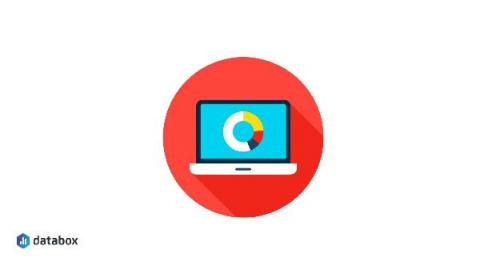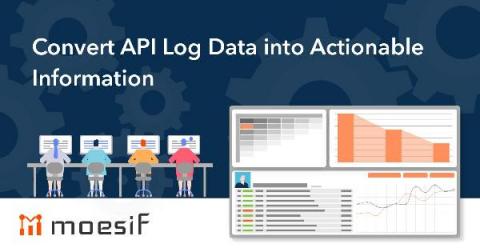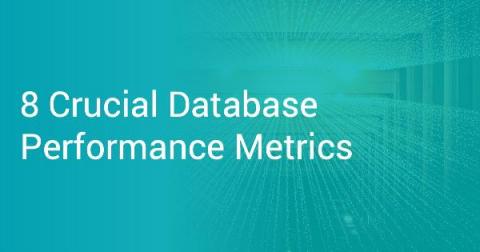Systems | Development | Analytics | API | Testing
Latest News
How ClickBank Grew SQL Volume by 2X and Reduced Cost Per Lead by 50% With Databox
Comparing k6 and JMeter for load testing
When I joined the k6 team in late November, the foremost question on my mind was "How does this compare to JMeter?" You see, I come from a performance testing consulting background, and in the last few years, JMeter has been far and away my tool of choice. So what am I doing on the k6 site, talking about how much I love JMeter? Well, firstly, it turns out that the k6 team is pretty open and transparent, especially about potential improvements in k6.
Consolidate performance testing in Jira with Xray and NeoLoad
Performance testing has become increasingly distributed, as teams do more testing at each stage of the software development life cycle. While the business benefits of performance testing are undeniable, like finding defects earlier when it’s easier and less expensive to fix them — it makes managing all your tests more challenging.
Convert API Log Data into Actionable Information
You’ve built an API to solve technical problems, but you know that’s just the beginning. In addition to helping developers use it, you need to understand how they use it. You want to measure its performance and popularity, and make adjustments based on what you discover.
8 Crucial Database Performance Metrics
What are the most important database performance metrics, and how do you monitor them? This is a question many IT professionals would like the answer to. We can collect and use a wide range of database metrics to analyze database and server resource consumption, not to mention overall usage. You are probably wondering why this is essential for business, so let’s explore this next.
Surviving the Disaster: How to Identify Bugs Immediately and Get Back on Track with Rookout & Codefresh
As all developers know, when building software things don’t always go as planned. In fact, most of the time they don’t. With today’s modern distributed architectures it’s more important than ever to have the proper tools in your toolbelt. This allows us to automate as much of the software delivery lifecycle as possible and then be able to immediately triage issues when they arise.
The Changing Face of Automation, Part 2
It’s amazing how much we can get done by automating business processes. Whether it’s augmenting human labor, reducing risks, or making customers happy, when we do automation right, we can make big things happen in any organization. Perhaps this is why: In other words, falling behind the automation curve could be lethal. Coming out on top means automating as if the future of your business depended on it.
5 virtual experience trends in retail and commerce in 2021
Virtual experiences have been booming in retail and e-commerce. And it’s no wonder. VR and AR offer a ton of benefits to companies that sell products online, or use online channels to divert traffic to stores or sales professionals. These experiences can increase conversions, boost word-of-mouth traffic, and lower return rates. Want to see some examples?











